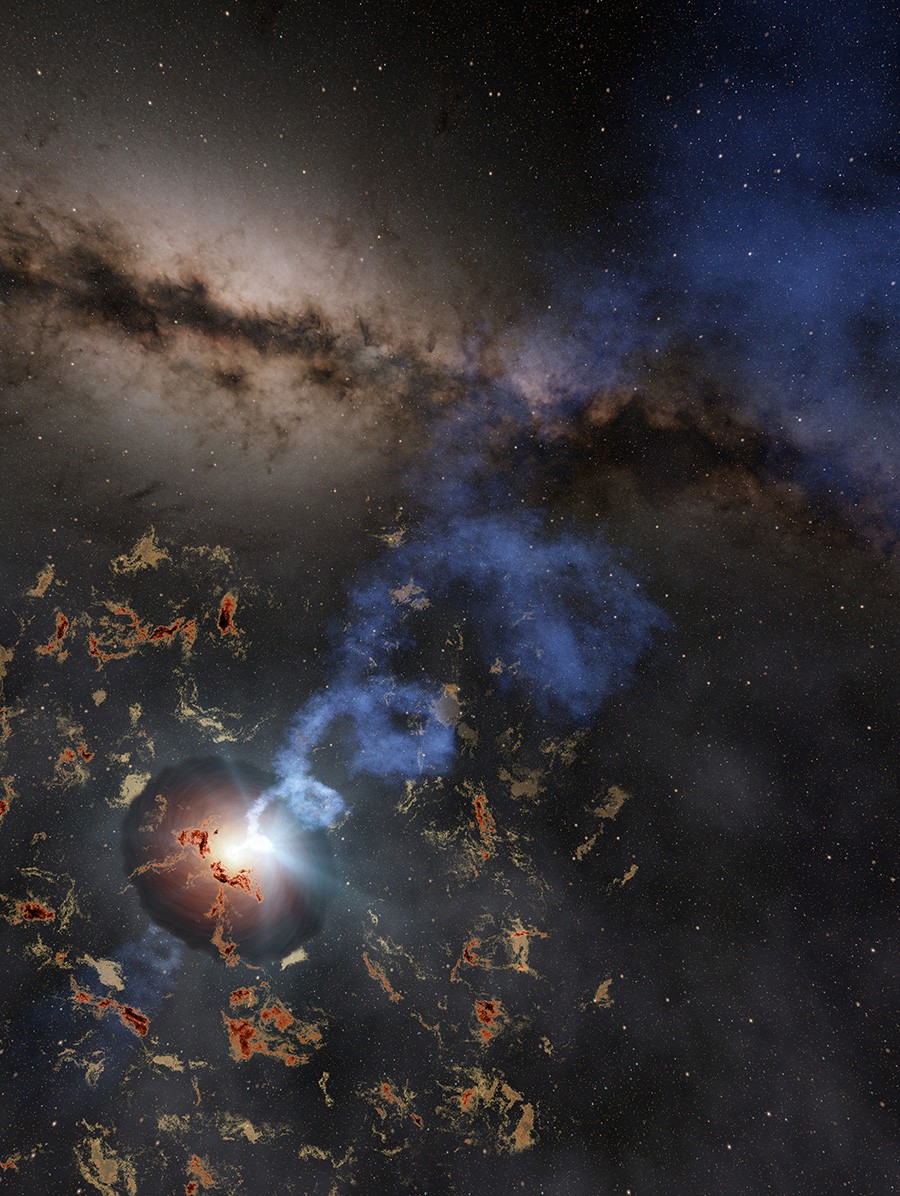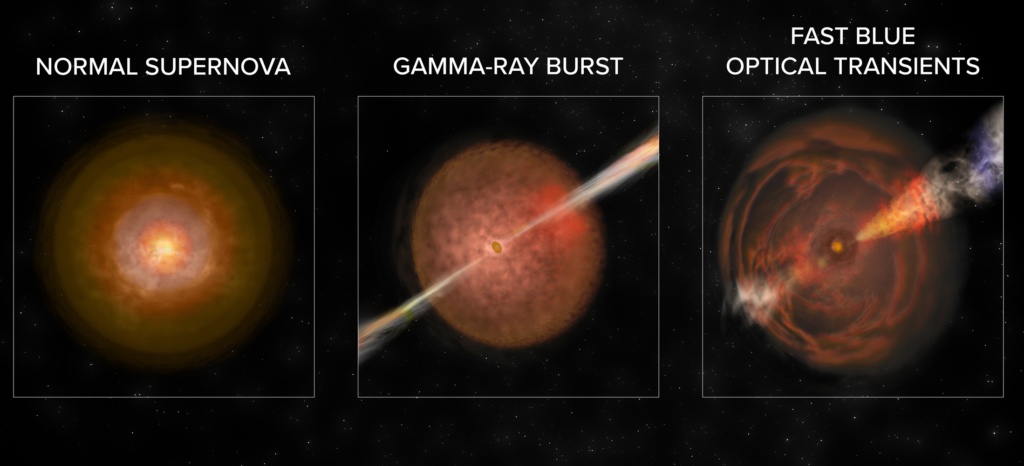In 1997, George Lucas released the special edition remaster of his Star Wars trilogy, making changes to the special effects that both delighted and divided fans worldwide (did Han shoot first?). Among the myriad additions was a visually spectacular ring-shaped shockwave emanating from the exploding Death Star, and Alderaan too. Star Trek fans will delightedly point out that this particular special effect had previously been used in the 1991 film Star Trek VI: The Undiscovered Country, in which the Klingon moon Praxis explodes, giving the effect its name: the Praxis ring. Hollywood lore suggests Lucas was so impressed with the effect in that film that he added it to Star Wars too.
Praxis rings look cool on the silver screen, but we all know explosions in space are supposed to be spherical. With no preference for up, down, left, or right, the material blown off an exploding star should push outward in all directions.
Except when it doesn’t. A paper published at the end of March described the flattest explosion ever observed, with a disc of material ejecting out from the core along one plane, just like the Praxis effect.
Continue reading “A Stellar Explosion Mimicked the End of the Death Star”



